Devastation in the wake of a tornado ripping through the city of Greenfield, Iowa, sadly sees five dead and dozens more injured.
The tornado is also responsible for extensive property damage in the area. The scope of this destruction is given proper perspective when you consider the potentially world record-breaking metrics of the tornado.
‘Gut-Wrenching’ and ‘Horrific’
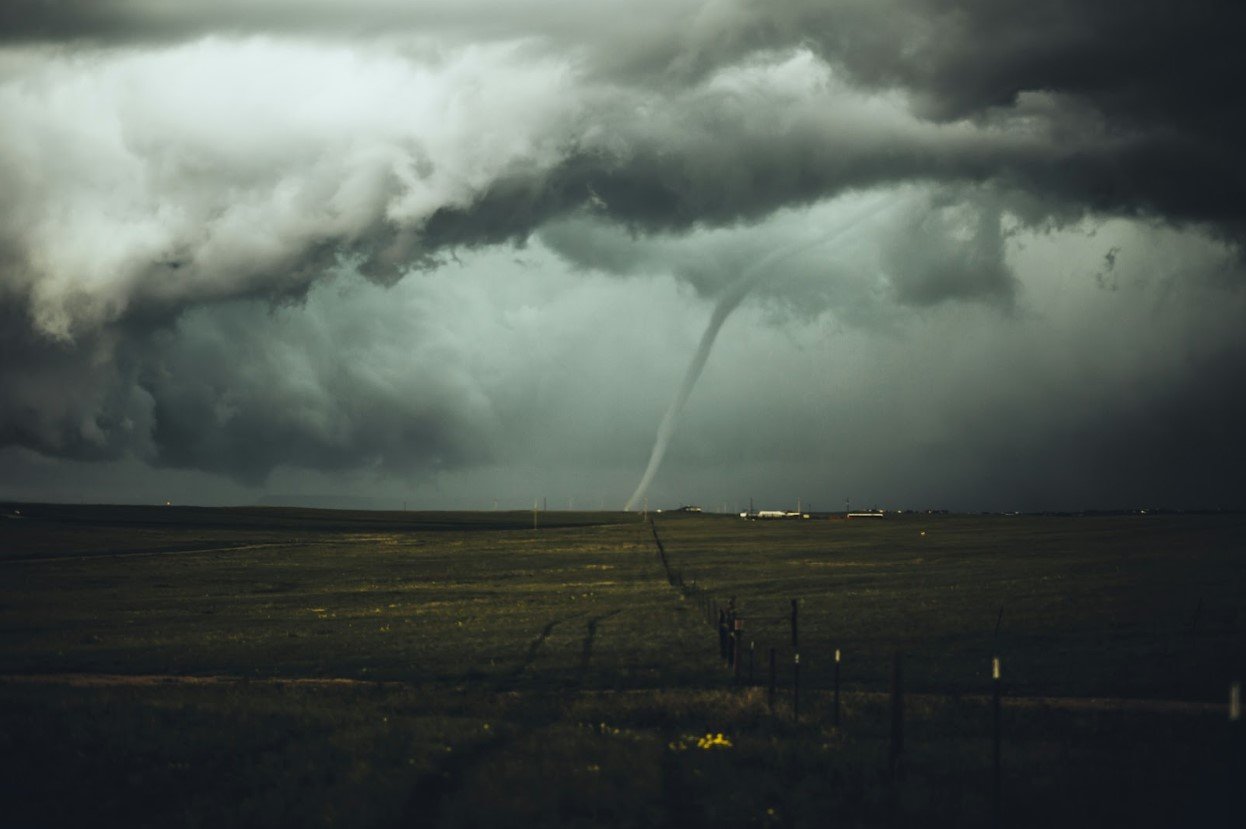
Toward the end of May 2024, there were reports of 26 tornados across Wisconsin, Oklahoma, Minnesota, Missouri, Nebraska and Iowa. It is believed that at least 21 of these tornadoes hit Iowa.
In the wake of these devastating tornadoes, Iowa Governor Kim Reynolds spoke in a press conference in the shellshocked city of Greenfield, saying: “It’s just gut-wrenching. It’s horrific. It’s hard to describe until you can actually see it, the devastation.”
Unusual Tornado Behavior
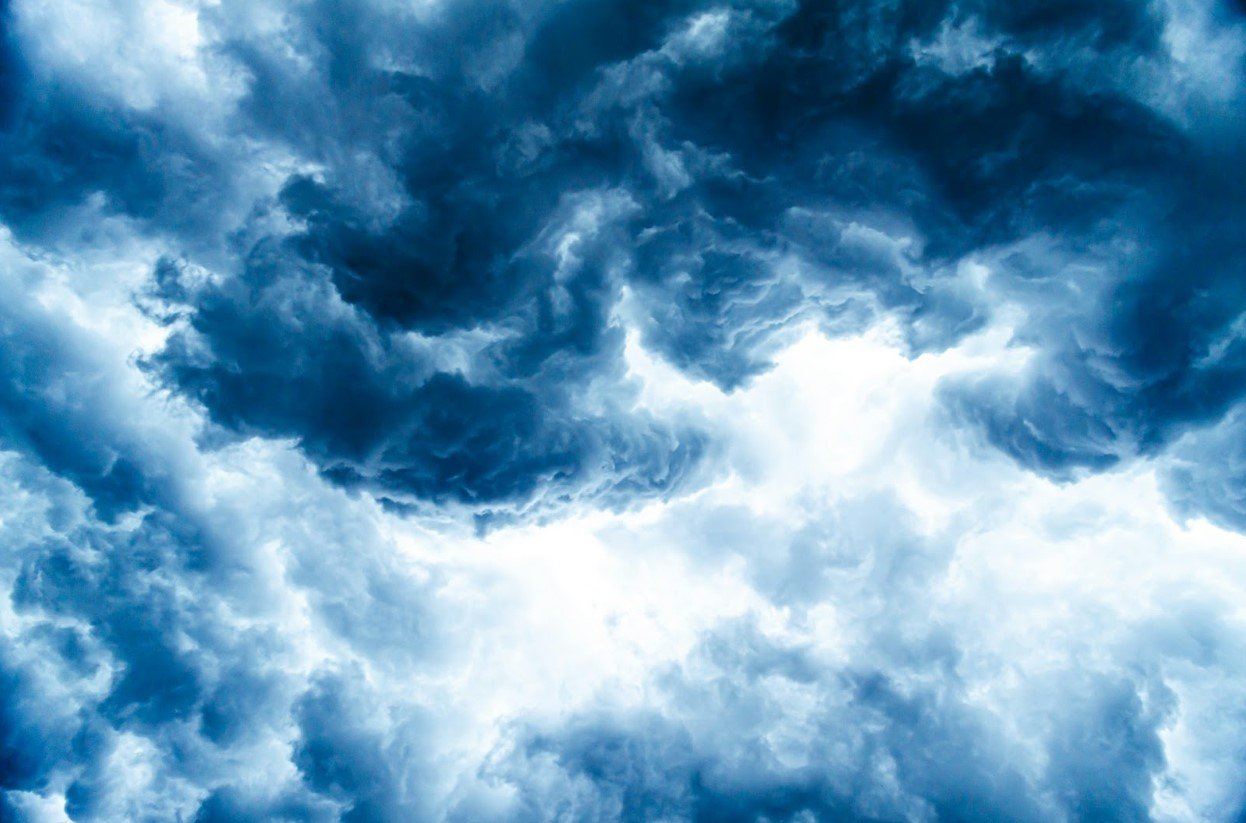
According to the National Weather Service, the tornado was up to 1,000 feet wide at points. However, it had significantly narrowed by the time it bombarded Greenfield.
Des Moines Register reporting may have an answer as to why the tornado behaved in this way, thanks to a radar truck known as the Doppler on Wheels (or DOW).
Incredible Data

The DOW recorded something truly remarkable — according to its measurements, Greenfield was hit with winds of over 300 miles per hour.
This is far from a common reading. In fact, it would be a world record contender as scientists have only ever calculated wind speeds of that kind of magnitude two previous times.
Recording Tornado Speeds
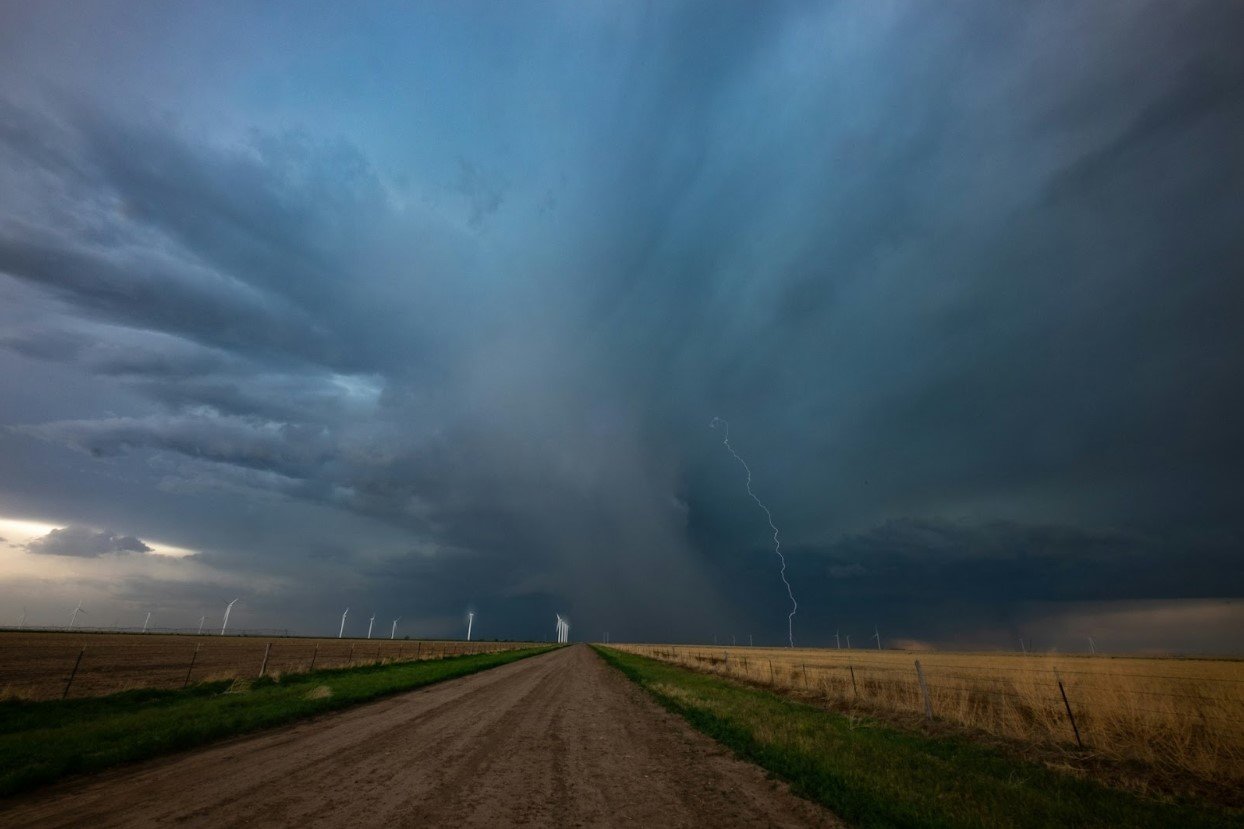
A team of University of Illinois researchers operated the Doppler on Wheels radar truck, but they weren’t the only ones collecting data on the tornado.
Alongside the DOW radar truck team, storm chasers gathered readings from the tornado from various angles. All this data allowed for new findings regarding the tornado’s true scale.
Tornado Rating

The official rating of the Greenfield tornado currently is EF4. This is the second-highest rating on the Enhanced Fujita, or EF, scale.
The National Weather Service has advised, though, that additional analysis of the tornado could see its rating changed. An EF5 rating, the highest rating on the EF scale, requires speeds in excess of 200 miles per hour.
National Weather Service Had To Take Cover
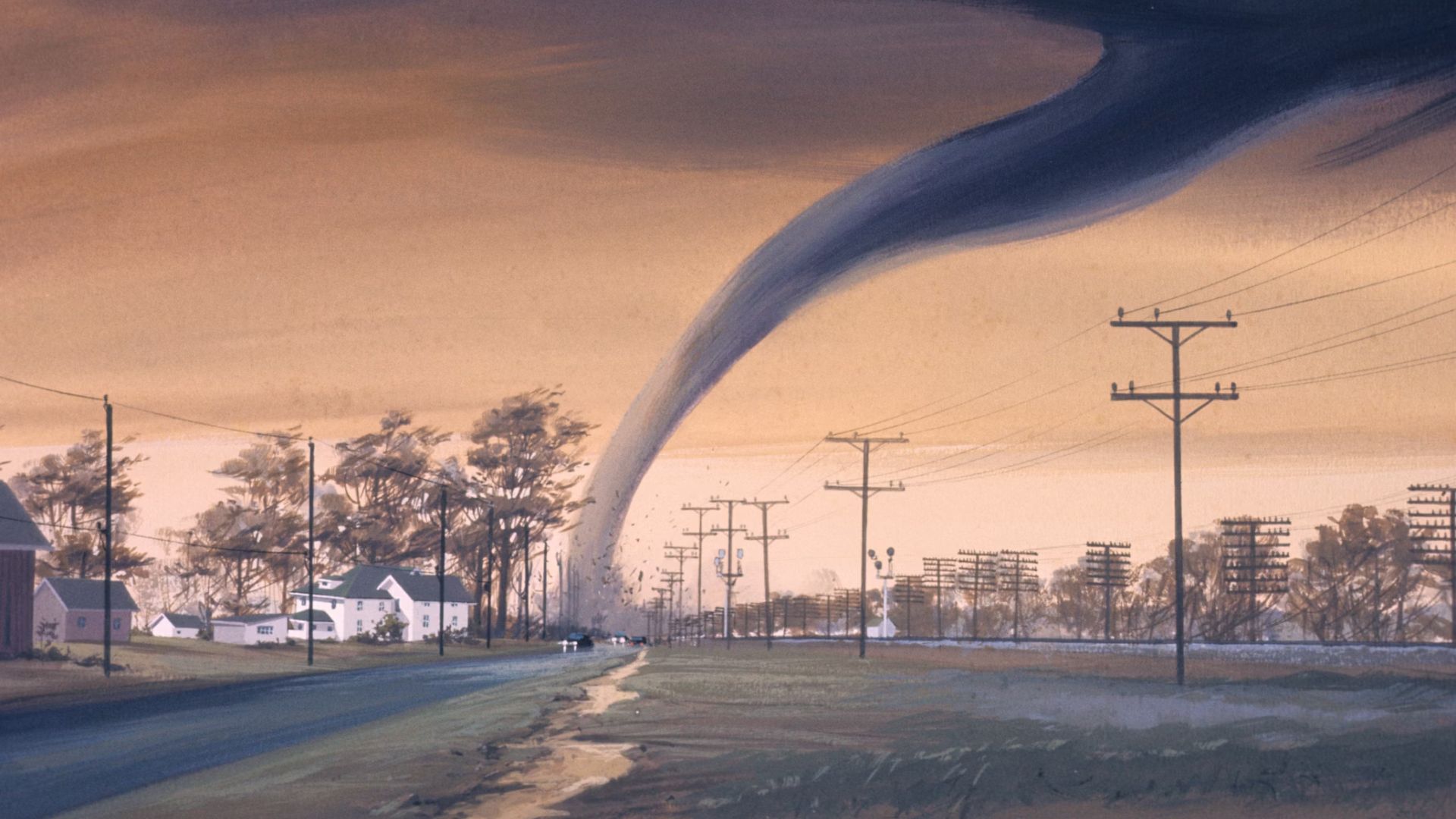
The storms in this area got so bad that the National Weather Service had to take cover for a period of time until the worst parts of the storm had passed.
When it was able to come back, it reported that there had been extensive damage in the city.
A Rare Event
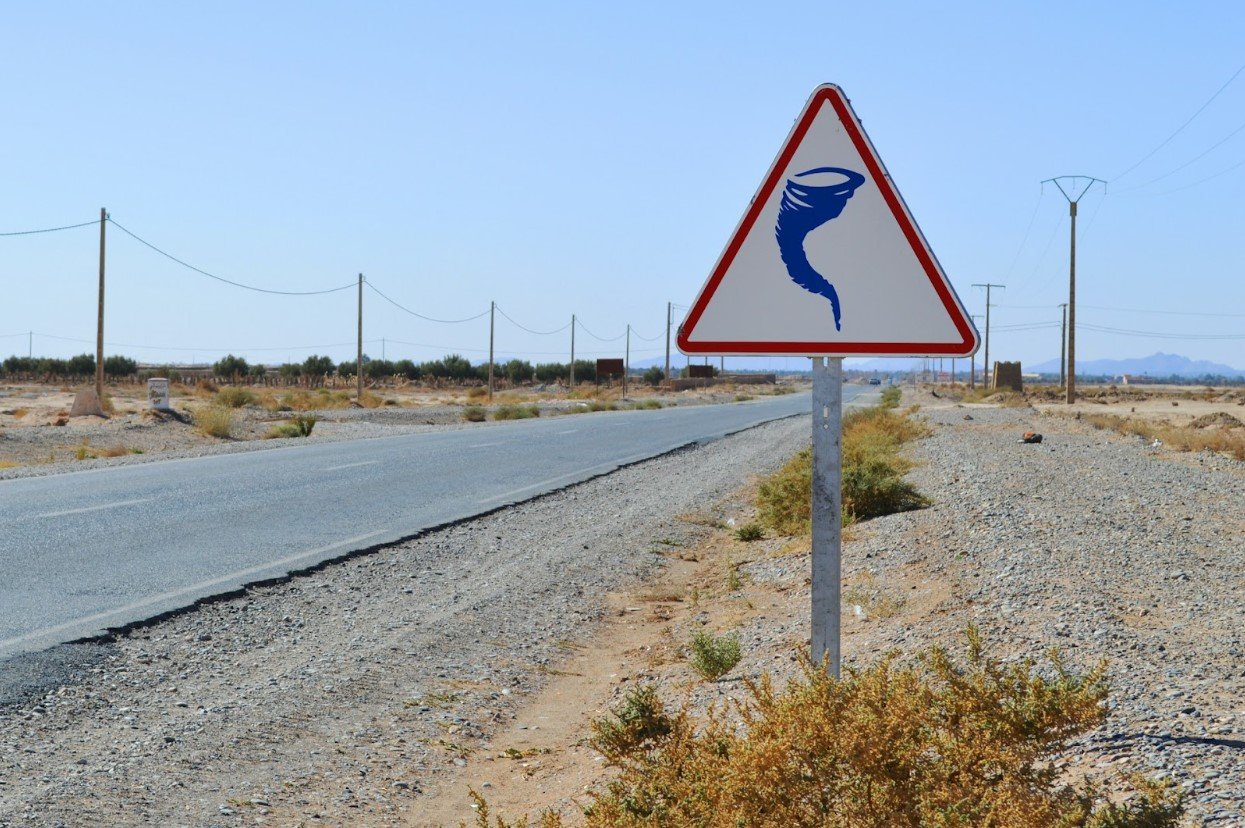
Tornadoes like the kind that swept through Greenfield are highly unusual — a point emphasized by scientist Tony Lyza of the National Severe Storms Laboratory.
In comments to NBC, Lyza stated, “Tornadoes producing this intensity and this kind of damage are rare in the United States. We only get a handful of these each year.”
300 mph Tornadoes
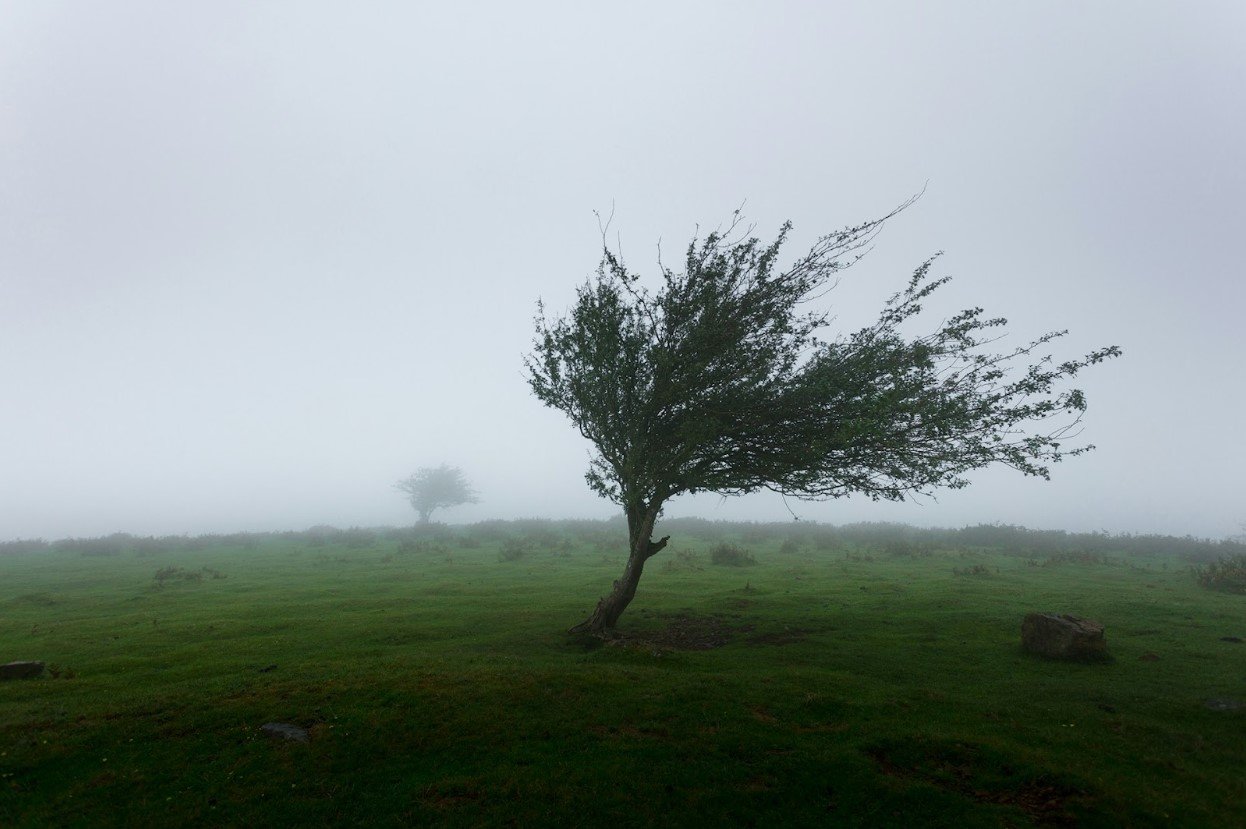
Estimates place the Greenfield tornado as having reached wind speeds of 309–318 miles per hour. This would make it only the third tornado to exceed the 300 miles per hour mark.
The only other tornadoes recorded with speeds in this range both hit the state of Oklahoma: a tornado in El Reno in 2013 reached wind speeds of 291–336 miles per hour, and a 1999 Bridgecreek tornado is believed to have reached speeds of 321 miles per hour.
Winds of 85MPH

The storms have been moving east through Iowa and are heading towards Urbandale after going through the Des Moines metro area.
Severe weather warnings have continued to be issued, with winds expected to reach 85 mph and the possibility of large hail stones falling.
460,000 Left Without Power

The tornados have been so devastating that many people have been left without power. Trees and power poles were torn down in the tornado’s path.
460,000 people have been left without power, 390,000 of whom are based in northern Illinois alone.
Companies Are Working To Restore Power
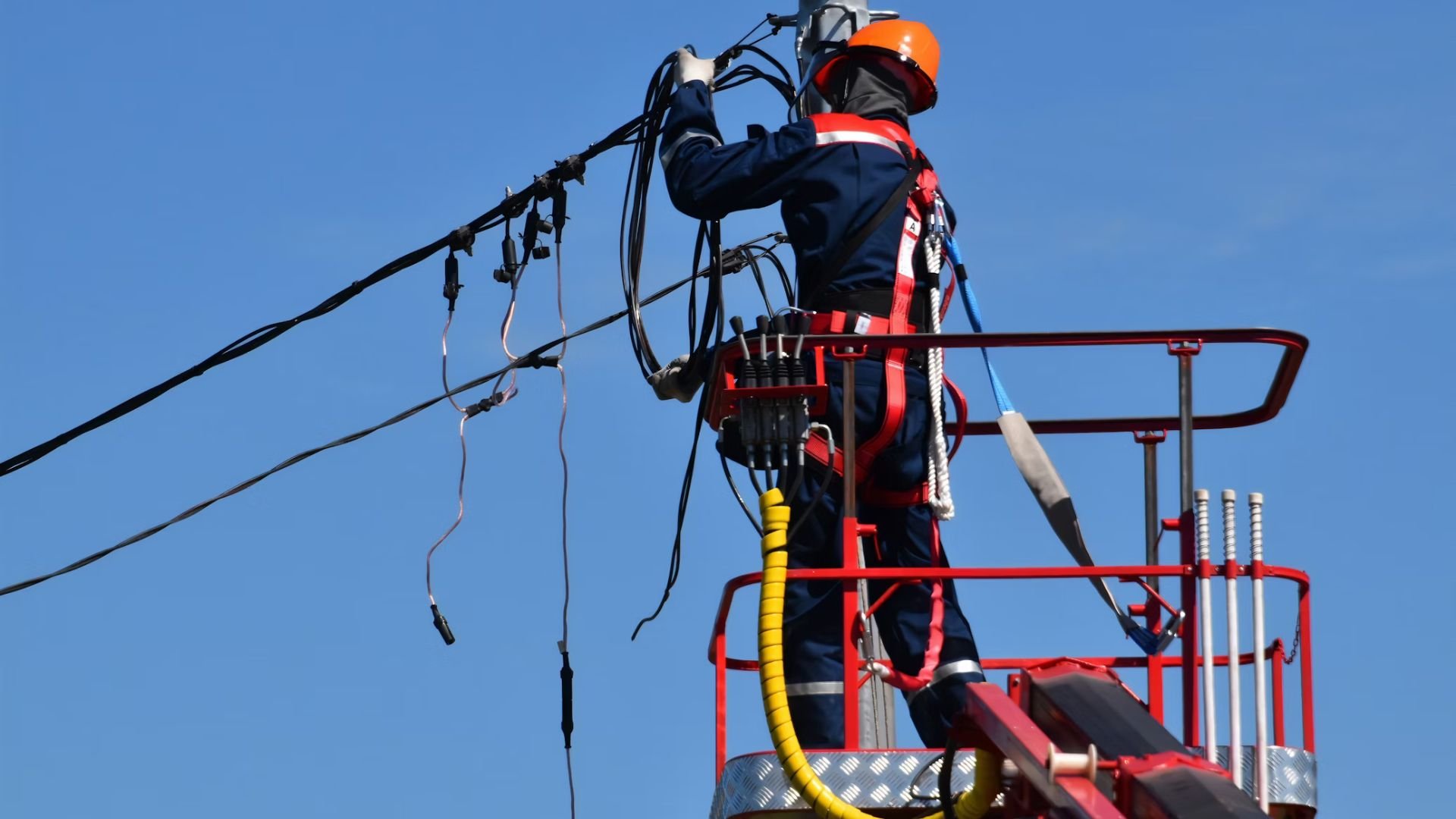
Due to the number of people still without power, electric companies are trying to restore power to these areas as quickly as possible.
However, as the storms are still ongoing and many more people are expected to be without power once the storm hits their area, it could take some time for this to be resolved.
Public Reaction
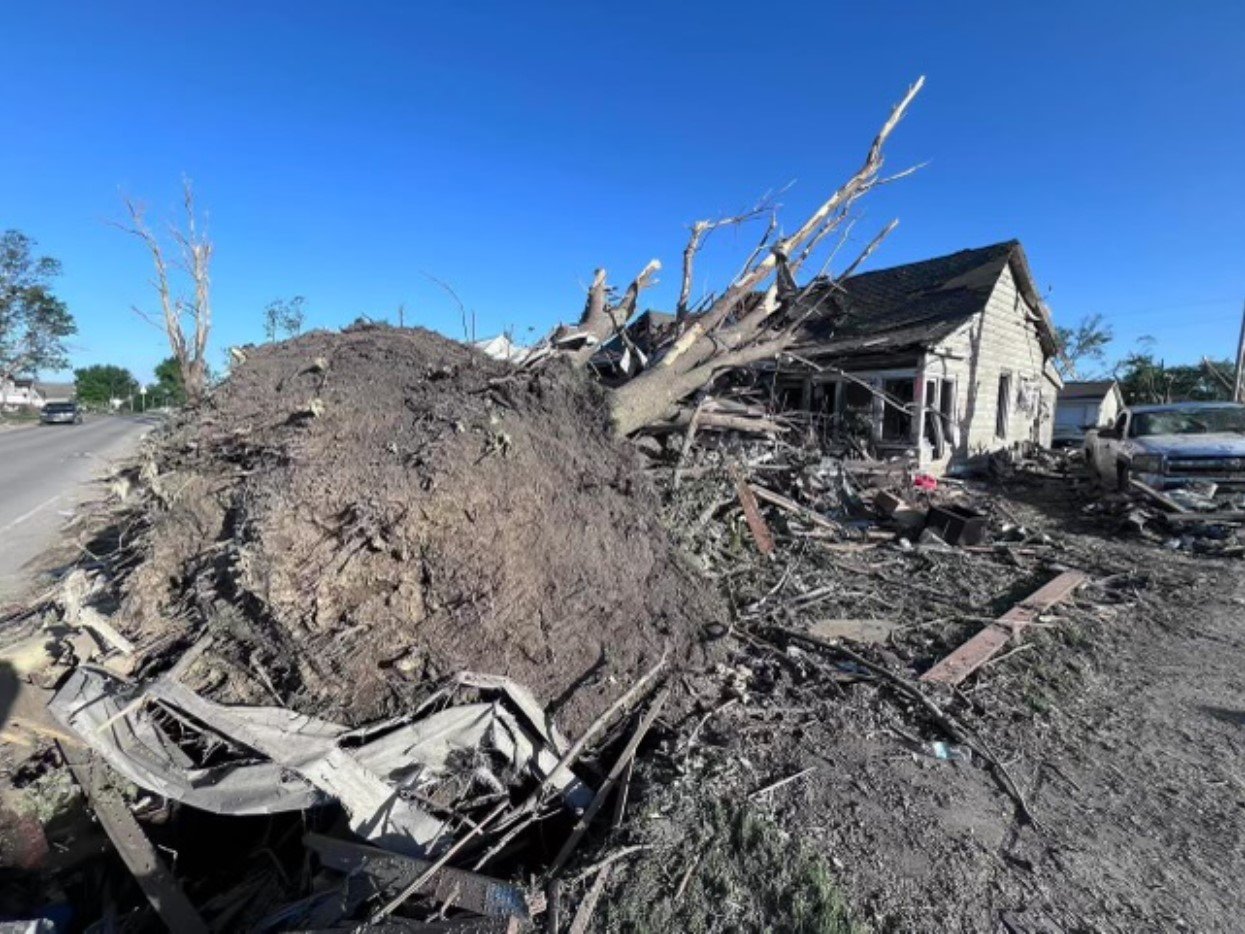
Given how rare an event a tornado of this size is, you would expect the public reaction to these figures coming out of Greenfield to be one of shock. This isn’t the case for anyone who saw the devastation it caused firsthand.
One Reddit user stated: “Wouldn’t be surprised [if it reached 300 miles-per-hour]. That thing was a beast.”
Next of Kin Have Been Notified
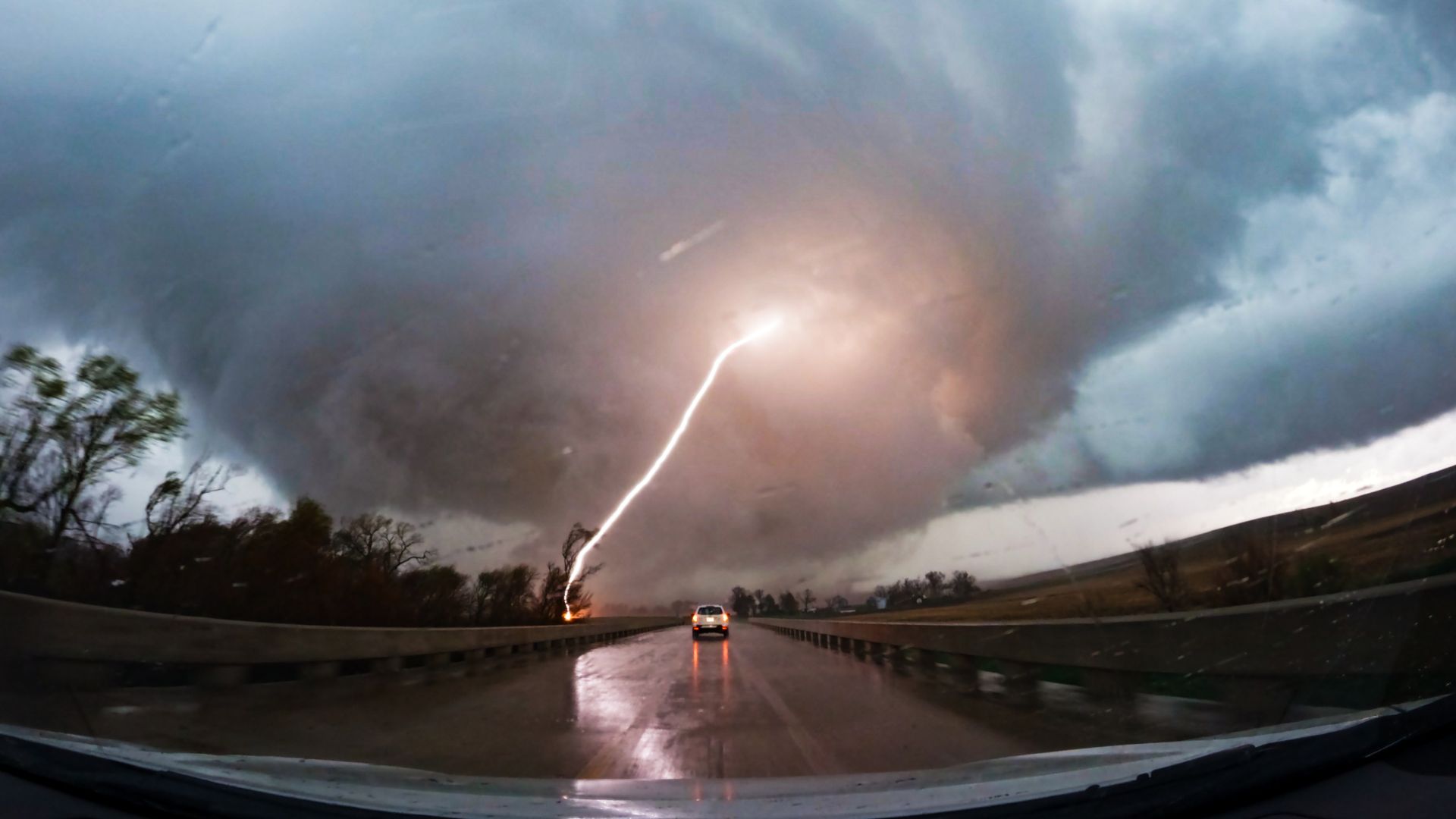
Several people have been reported dead as the storms continue to rip through the US. However, not all of the names of those who have died have been released publicly.
This is because the police are waiting to inform each person’s next of kin of the situation, giving that person time to tell friends and family and to come to terms with everything before making the news public.
Greenfield Hospital Damaged
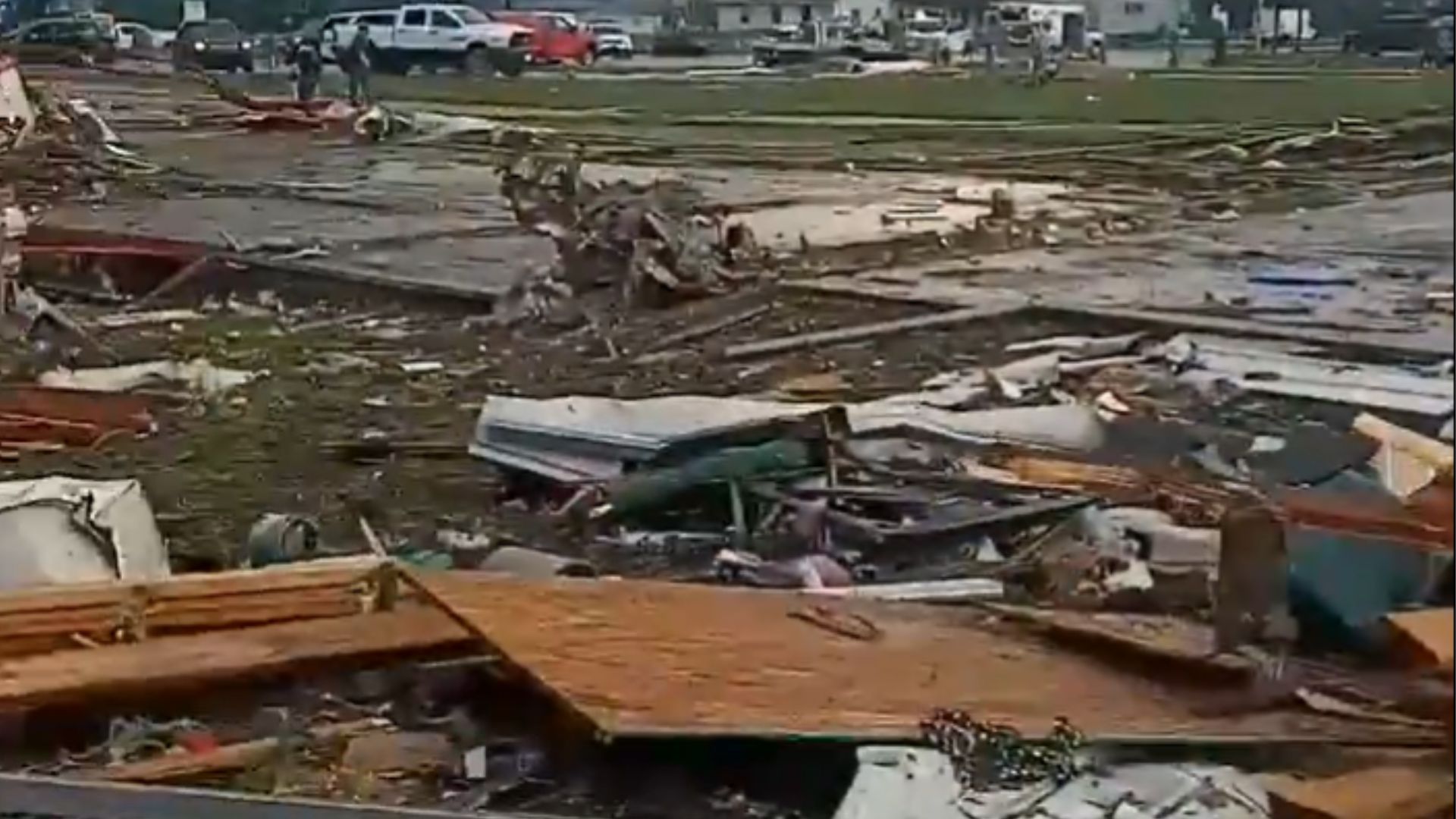
One of the main buildings that was damaged was Greenfield Hospital, which posed an issue for the many people who were requiring immediate treatment due to injuries obtained as a result of the storm.
As a result, those requiring treatment have been forced to seek treatment in hospitals elsewhere and, in some cases, have had to travel miles to receive it.
Natural Weather Events Cause Disaster
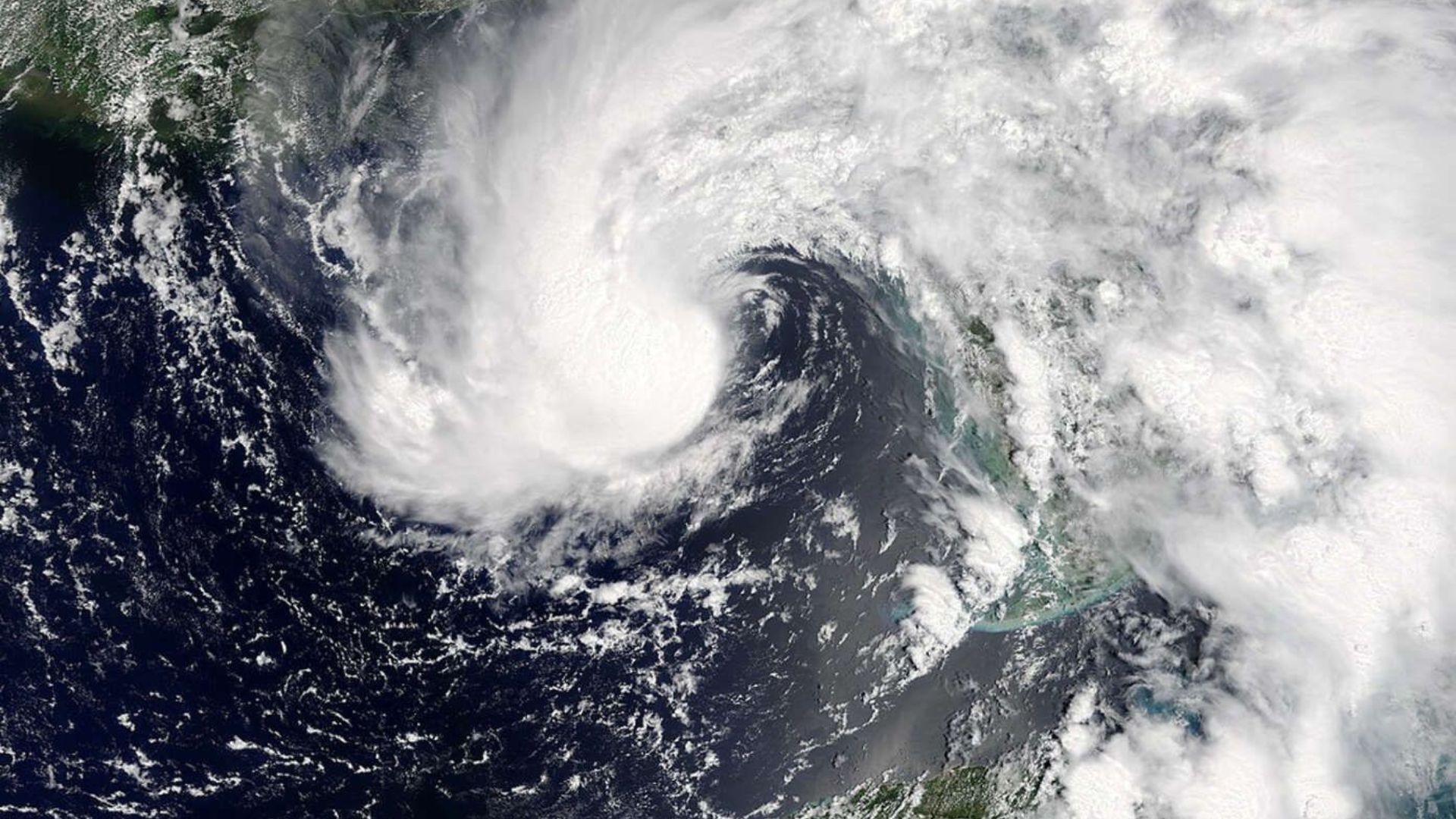
The natural weather events that leave paths of disaster wherever they go seem to be getting increasingly worse (or at least are being reported more frequently.)
One such example is Tropical Storm Alberto, which left three people dead close to the northeast of Mexico. It was initially expected that the storm would also reach Texas; however, the Lone Star State managed to avoid the brunt of the storm.
Other Extreme Weather in the U.S.
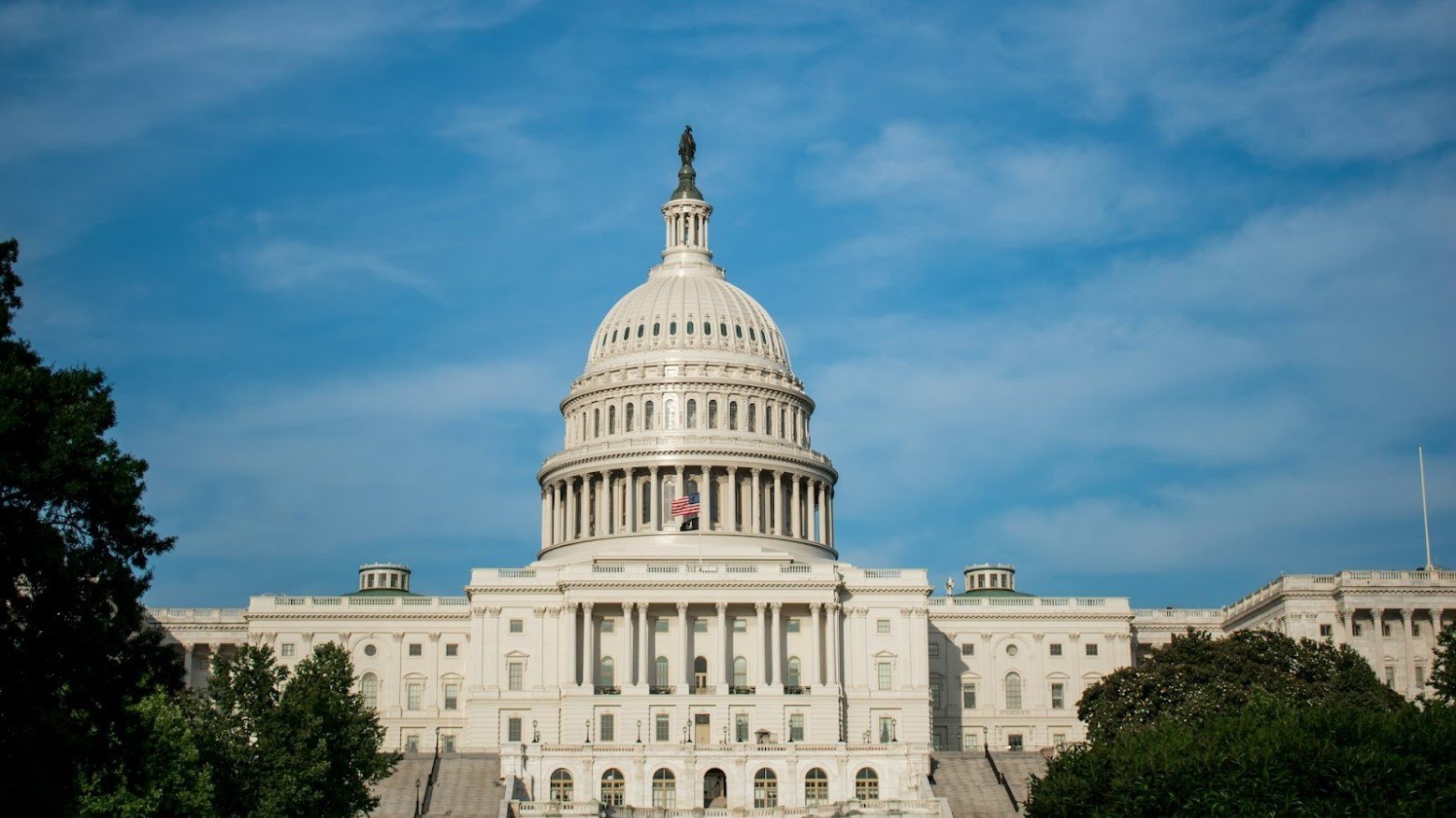
Recently, America has been bombarded with extreme weather — not just tornadoes, but extreme heat and flooding.
Washington, D.C., recently experienced scorching heat reaching 100 degrees Fahrenheit, while extreme flooding resulted in the Rapidan Dam partially failing and a family home being completely washed away.
Severe Storms Hit Texas
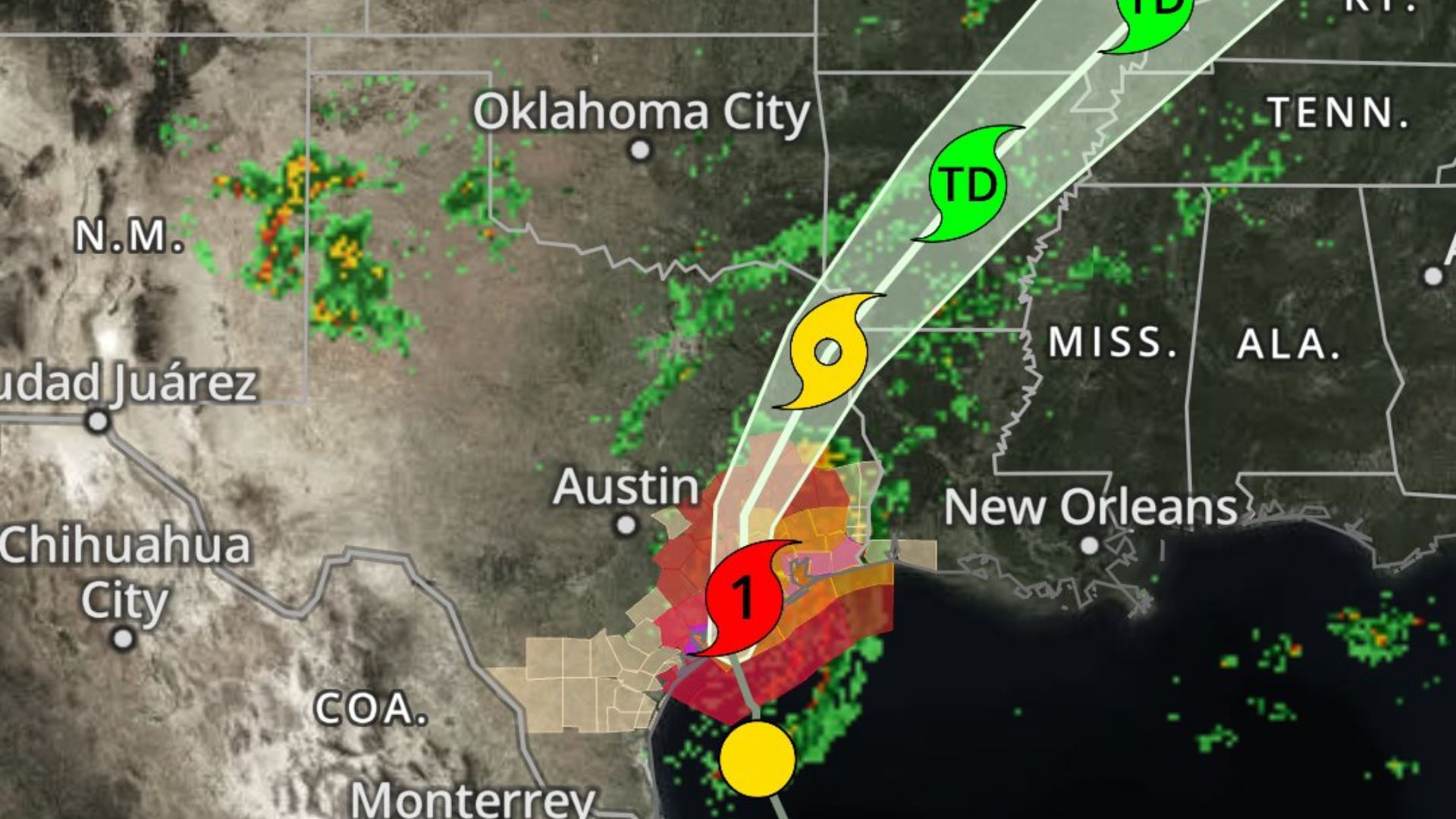
Thunderstorms and winds at the speed of hurricanes have devasted Texas recently. The situation was so bad that it left at least seven people dead, a loss of power, and many people had their homes and businesses destroyed.
It is believed that a heatwave made this even worse when the cleanup began, as people had to do hard work in severe heat. The worry was that this would lead to heat stroke and other heat-related illnesses for residents.
The Effect of Climate Change on the US Economy

Climate change isn’t just affecting the environment and humans, but it also has a huge effect on the US economy.
The annual cost of repairing the impacts of climate change throughout the US is estimated at $150 billion. As climate change worsens, so does the amount spent on it, which could be spent elsewhere.
Disasters Around the World
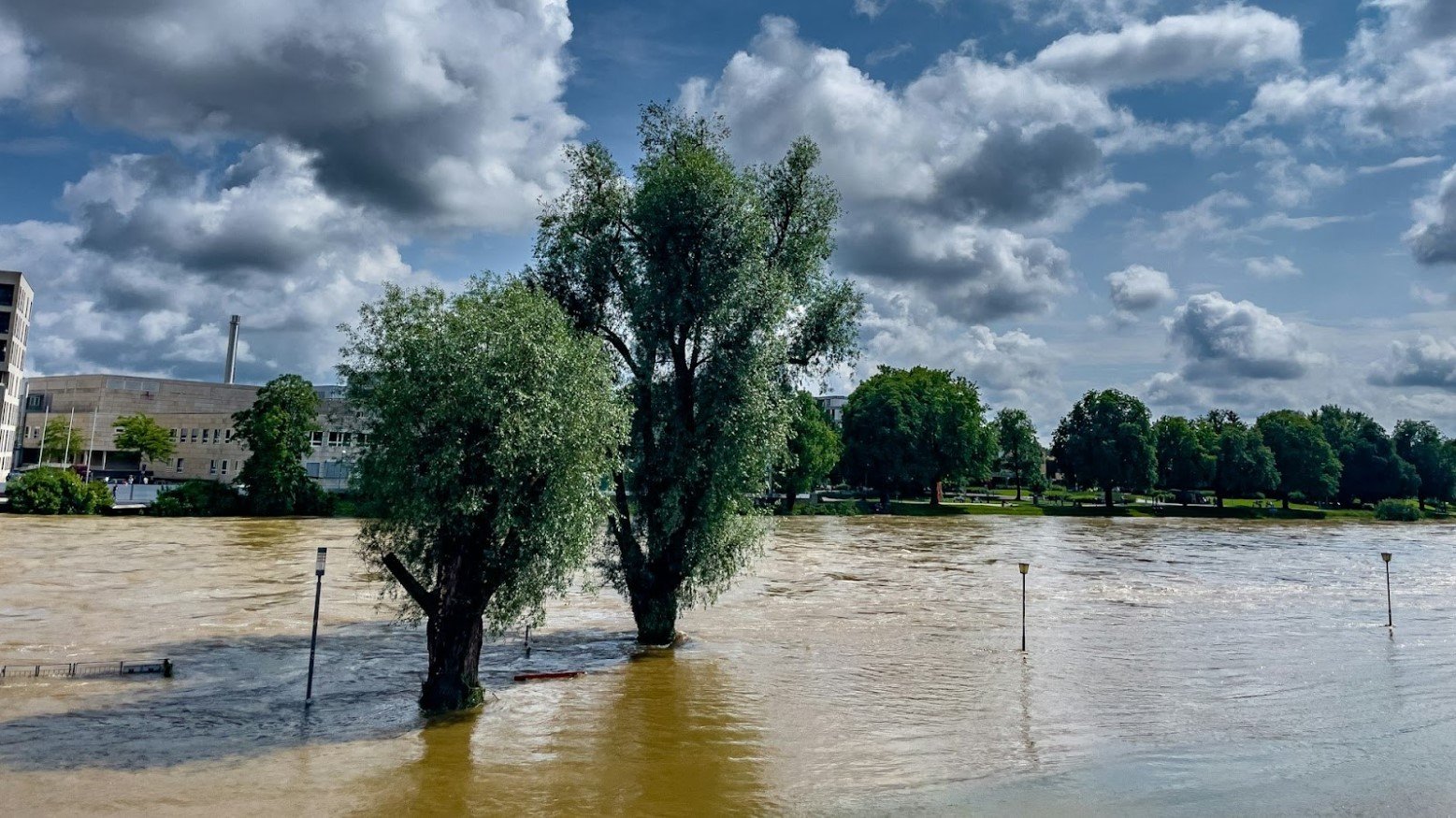
Extreme weather disasters like this aren’t a problem limited to the U.S.. They’re being felt all around the globe.
Whether it’s extreme flooding in Germany or a record Indian heat wave, reports of catastrophic weather disruptions seem to be in the news every few months. As we feel the effects of climate change, extreme weather events are expected to become more frequent and intense according to the European Environment Agency.
Flash Flood Warnings in Chicago
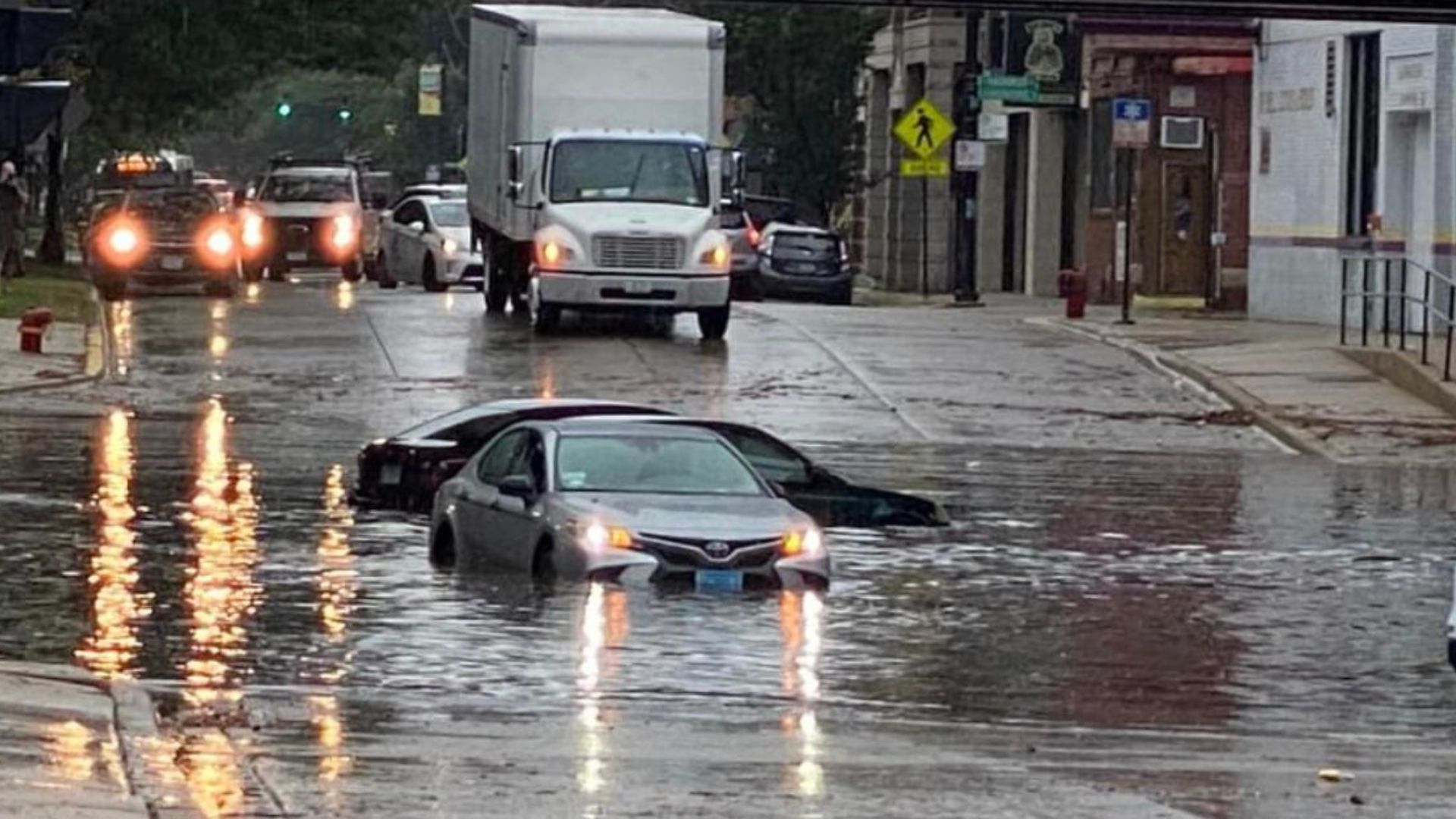
Iowa isn’t the only place affected by these tornados; Chicago and the state of Indiana have also been experiencing severe storms over the last week.
Chicago was also placed on a flash flood warning into the middle of the week. Due to the heavy rain the area was experiencing, flooding was expected to affect creeks, streams, drainage ditches, streets, and underpasses.
What Causes These Storms?
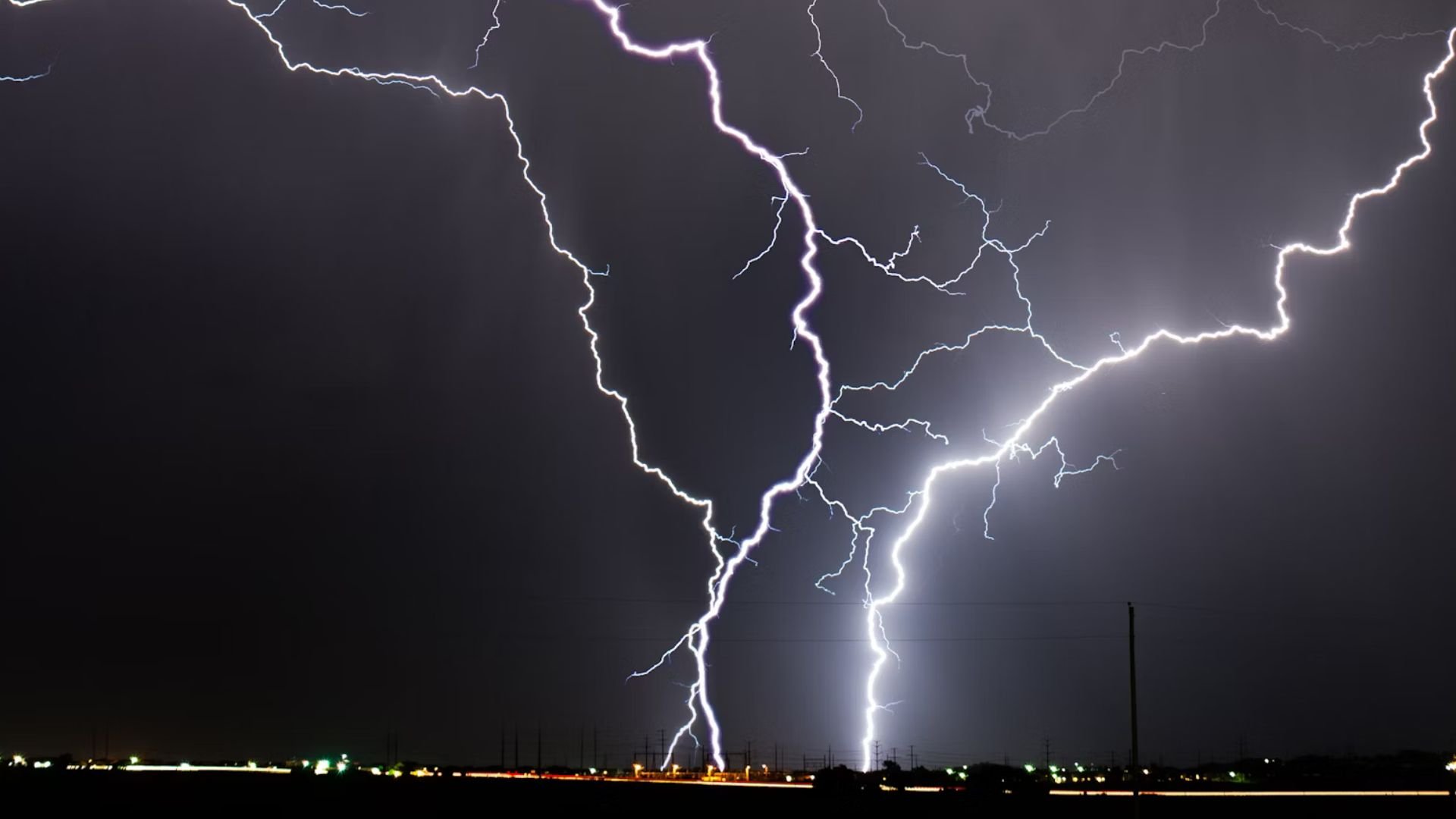
There are several reasons for these storms and why they have been as bad as they have been. Most of this is due to extreme weather changes.
This is due to factors such as heat and humidity, which can build up a lot of energy for storms to feed off of. It also includes a change in wind direction, wind shear, and a source of upward motion that enables storms to develop.
Advice Given to Residents
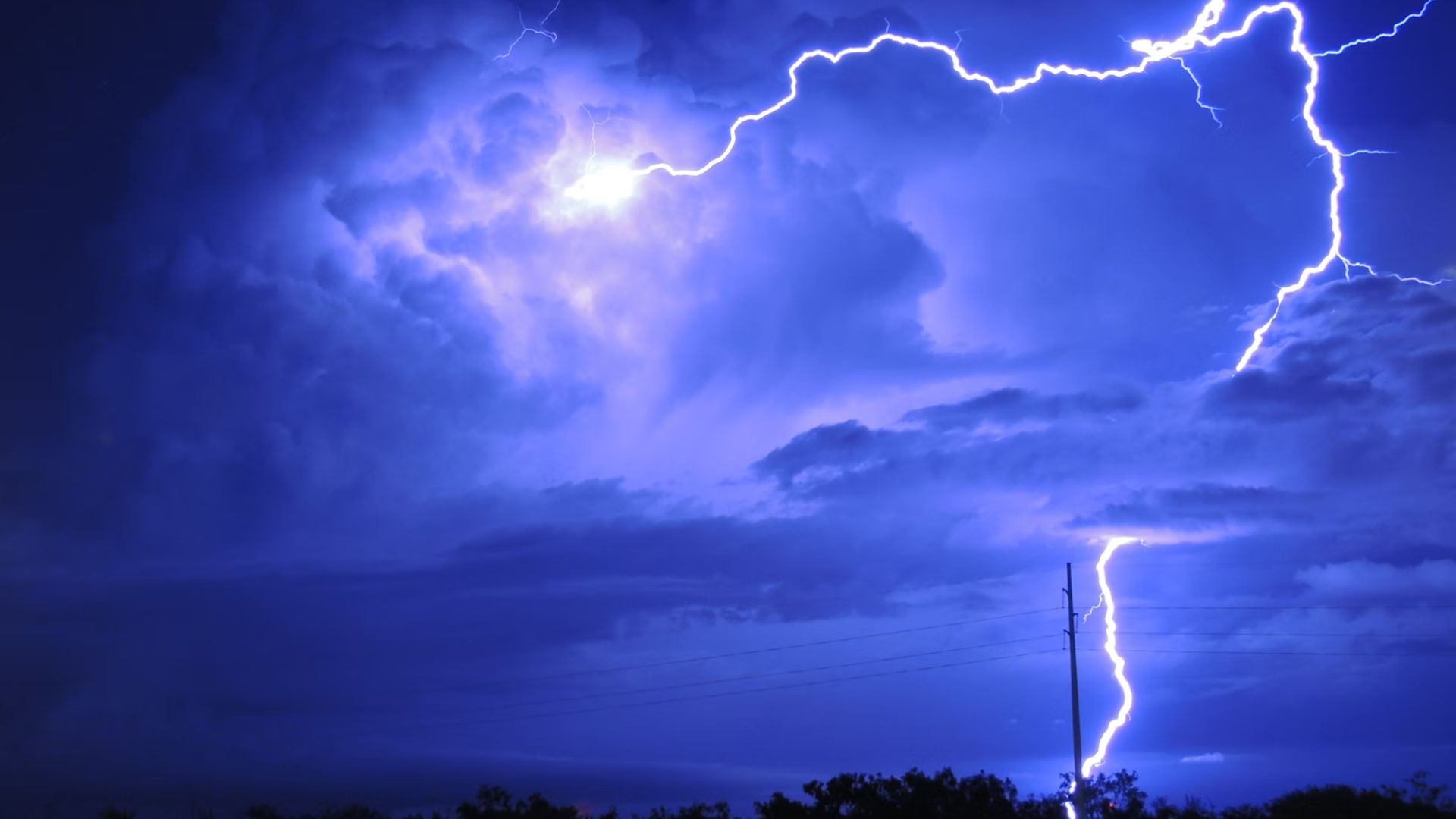
Those living in areas that have been or are expected to be hit by these storms have been given some advice to help them through it.
This advice includes taking shelter when storms approach, staying away from any windows, and going to the lowest floor of your home if possible.
Extreme Weather Continues

The devastating tornadoes that hit Iowa and the devastation they caused obviously cannot be dismissed. But weather events like this seem to be becoming part of the norm.
More and more, reports of freak weather wreaking havoc around the world are becoming a frequent occurrence. Devastation is almost becoming seasonal as we feel the ever-growing impact of our planet’s changing climate.
